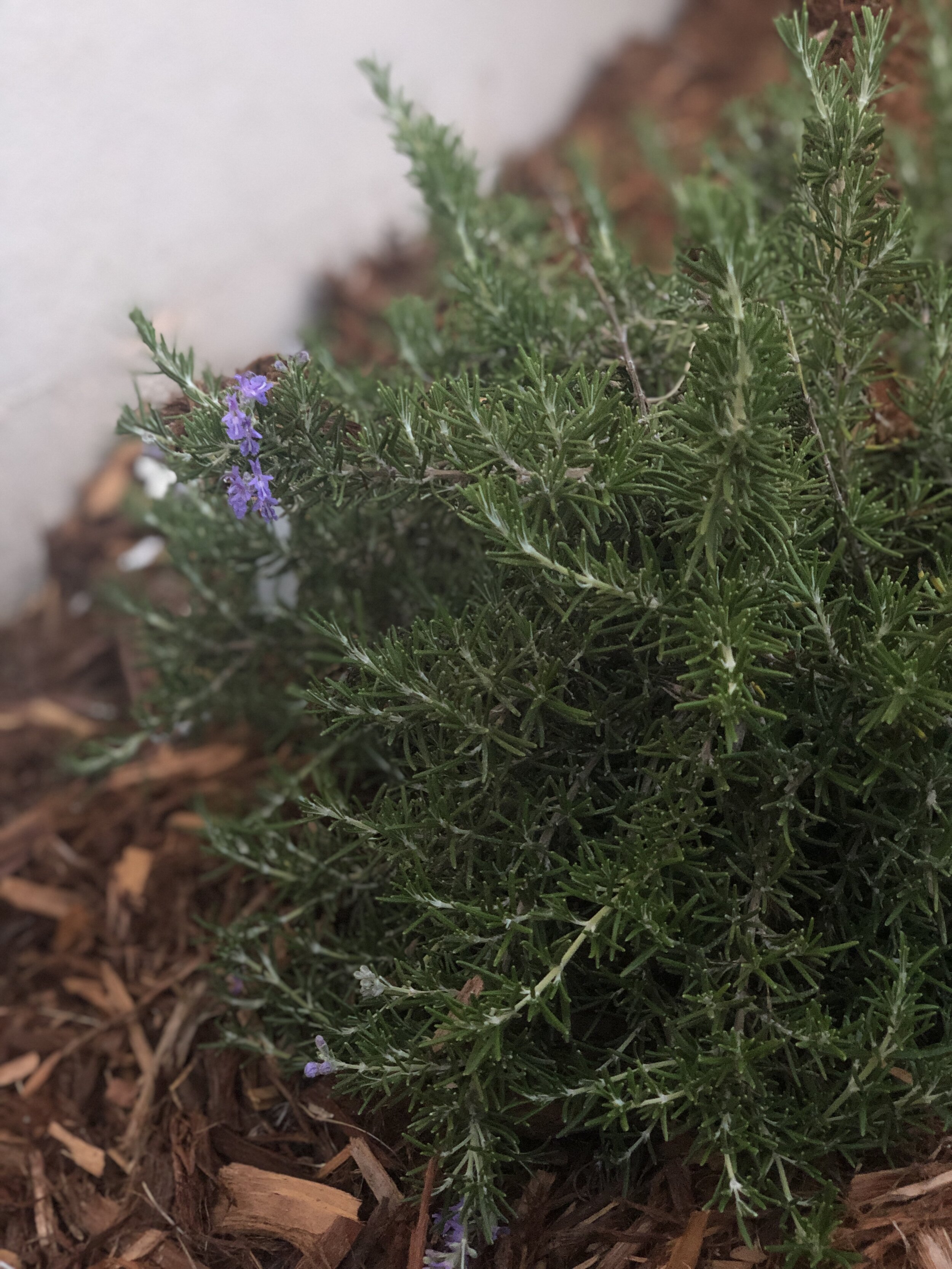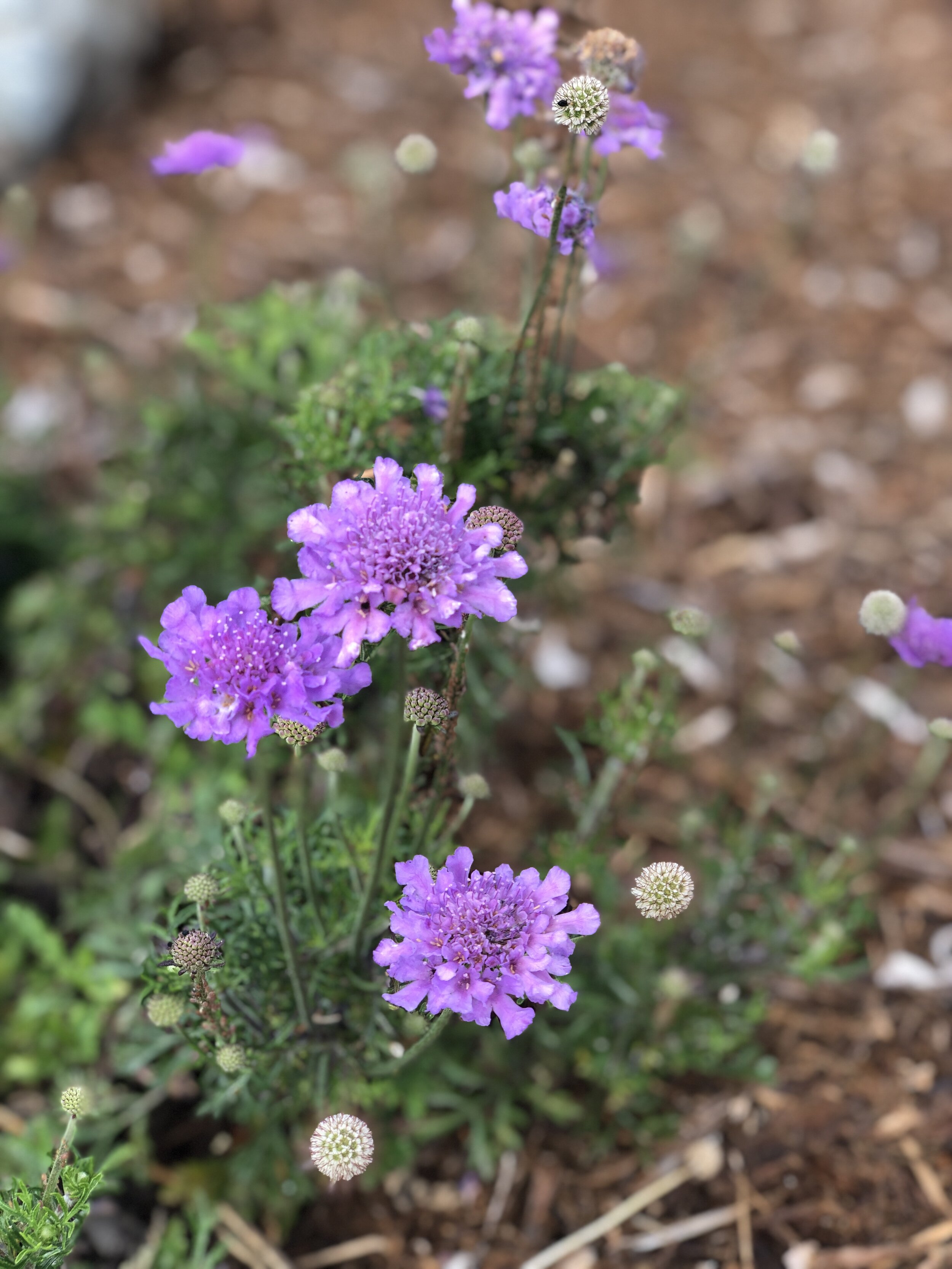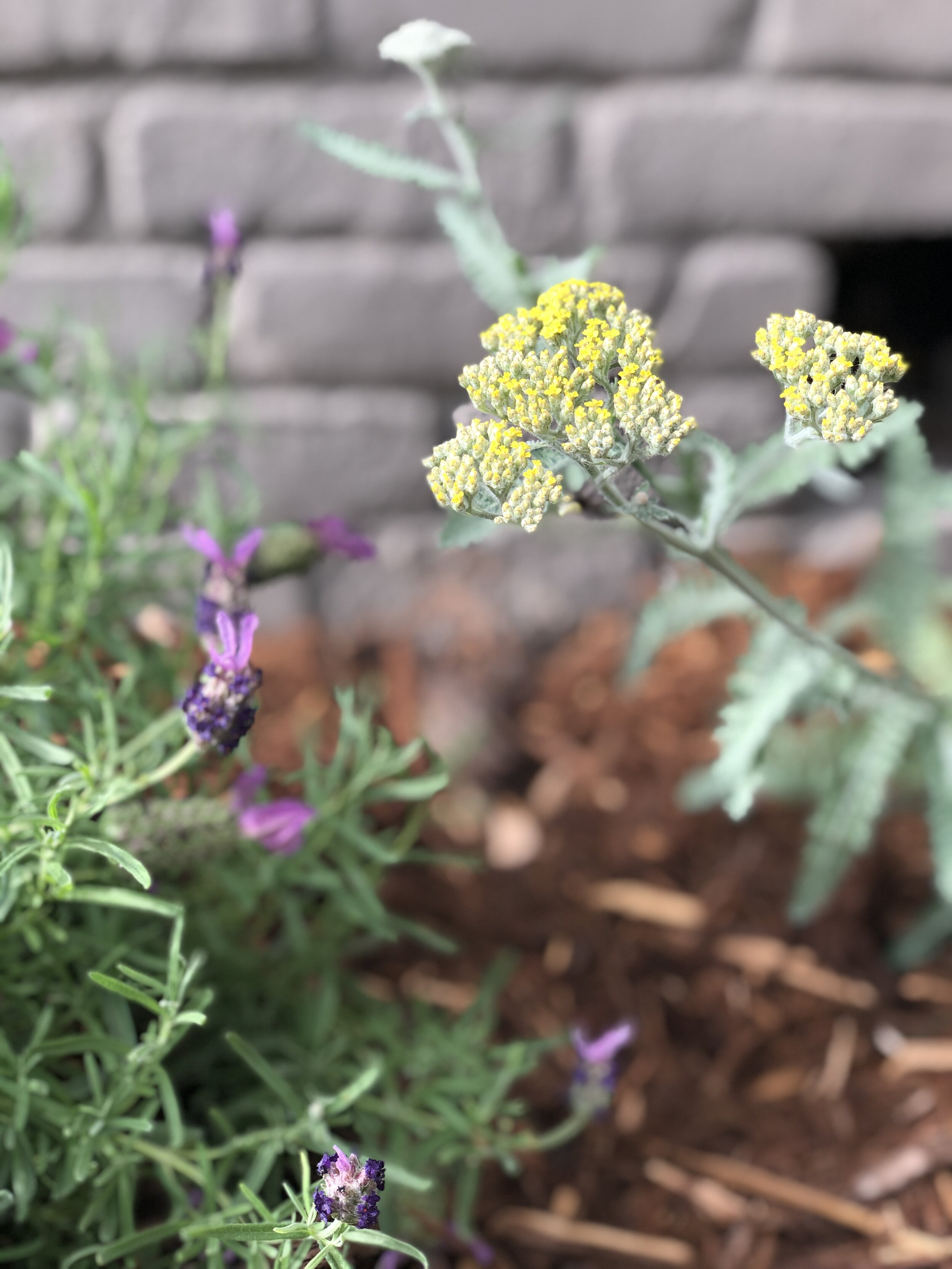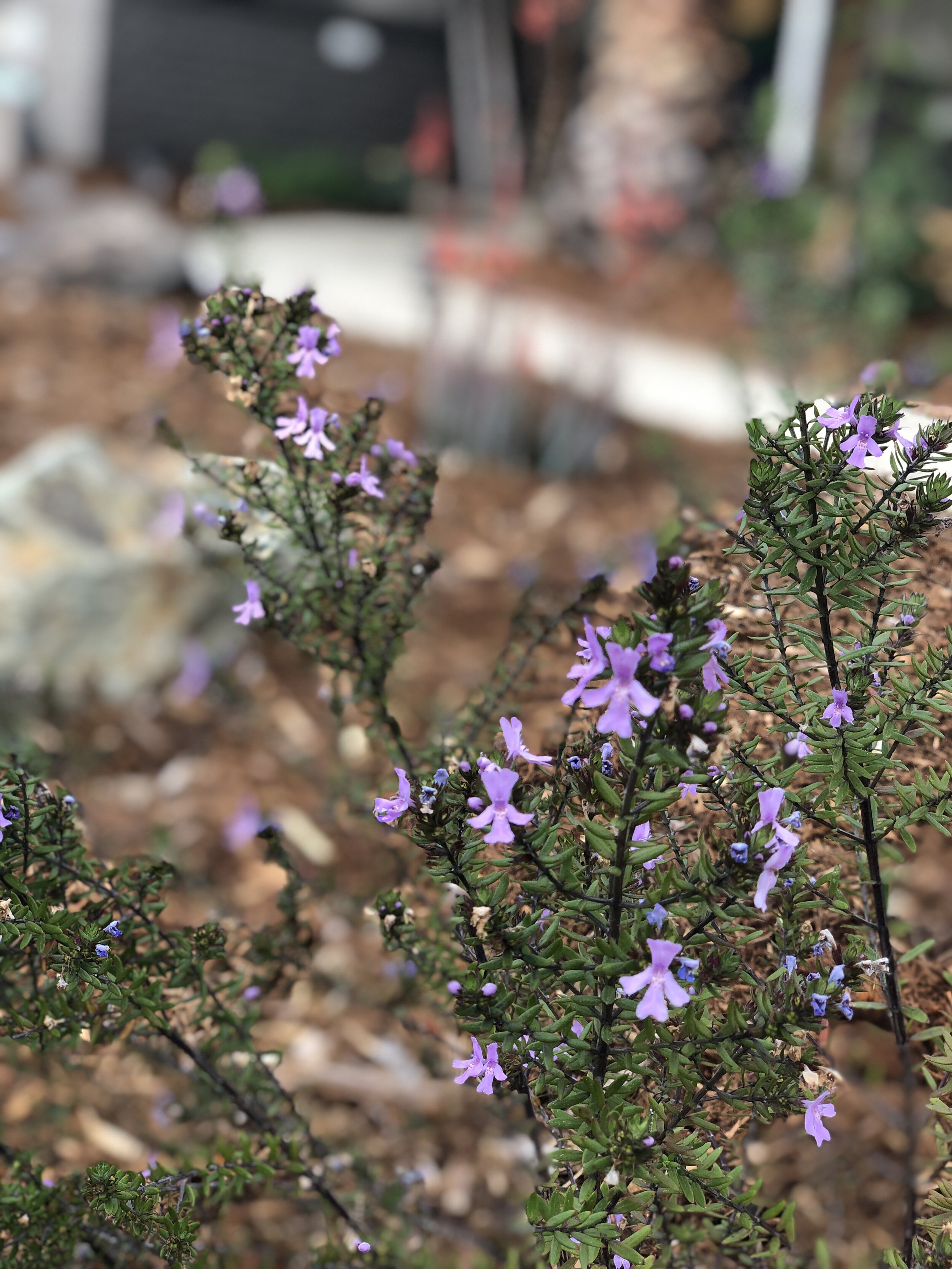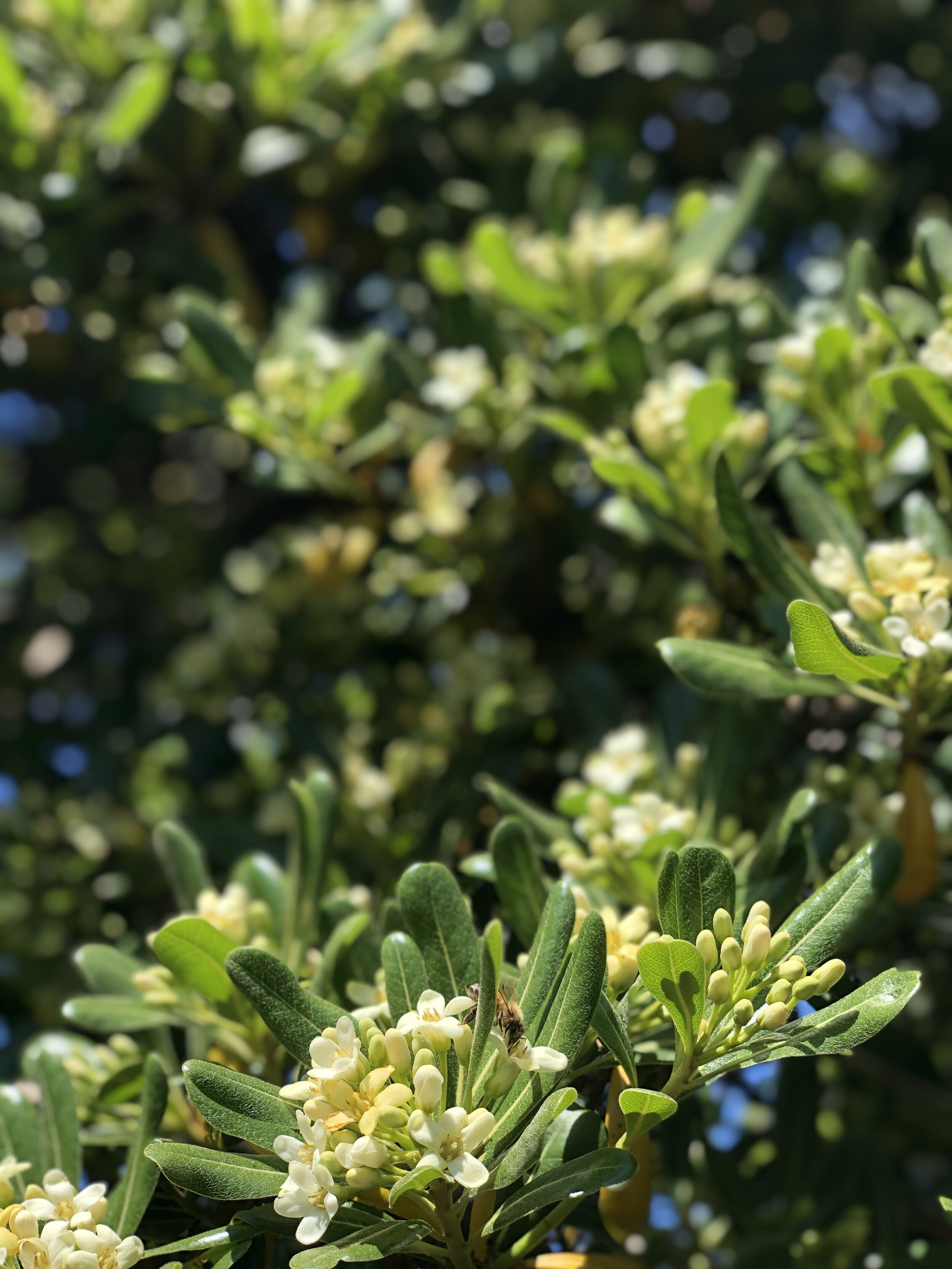What are Pollinators?
This post does contain affiliate links. By clicking the link and making a purchase we receive a small commission at no additional cost to you! This helps us keep the lights on and continue to bring you great content.
First things first….
Why do we need Bee’s (or other pollinators)?
A native California bee pollinating our lemon tree
Bee’s are SO good for the Earth. In fact, honey bees are responsible for 80% of the world’s cultivated crops pollination. Yes, crazy right? This basically means plants need bee’s to reproduce. Without bee’s, plants would not be able to reproduce or yield fruit. Without plants, humans go hungry.
You’ve heard the hype about the need to “Save the Bees”, well this is why. In the last three decades, bee populations have been drastically declining due to a number of reasons - one of them being the agricultural industry putting stress on colonies to produce and leading to colony collapse disorder. If your interested in this, I highly recommend watching the food documentary Rotten and it’s episode called “Lawyers, Guns & Honey”. It will definitely open your eyes to the crisis we have created in the bee populations.
What is Pollination?
Bee’s (and other pollinators) are very important in the production of fruit and vegetables because they take pollen from one flower to another which allows ‘pollination’ to occur. Every flower that blooms from a vegetable plant must be pollinated in order for that flower to turn into a fruit or vegetable. Some plants are able to self-pollinate and these include tomatoes, sweet peas and bell peppers. This basically means one plant has the ability to fertilize itself.
Other plants, require the help of pollinators to fertilize it’s flowers. Take tomatillos for example. Tomatillos will not produce fruit without a bee or other insect carrying the pollen from one plant to another. Tomatillos also require two plants to produce fruit, meaning pollen from one flower on plant A cannot pollinate a different flower on the same plant A.
Common Pollinators
Bees
Hummingbirds
Butterflies
Bats
Beetles
How to attract pollinators & keep them around
What is positive is using the following steps will attract all the beneficial pollinators. When we began gardening we honestly did not know the benefits of pollinators and building a healthy ecosystem. But as we grew, we learned that this is super important to the success of our vegetable garden. These aren’t difficult to do, and truly just the awareness of pollinators and how to maintain them will benefit your yard greatly.
Early Spring Bloomers Help Keep Bee’s Alive
Attracting pollinators is a two-step process:
Plant various flowers that bloom throughout the entire growing season
Stop using pesticides (especially in early spring!)
So let’s disect this. In order to understand why these two steps are important, you must be aware of the bee’s life cycle.
There are hundreds of species of bee’s, so each species is a bit different. Generally, all bee’s hibernate during the winter (or become less active), and typically this happens when temperatures drop below 50 degrees. What’s important to recognize is when the bee’s come out of dormancy they are at their most vulnerable state as typically there are not many food sources available yet to them. Some of the first flower’s to bloom in the spring are dandelions or from weeds - so be careful to not spray your weeds unless you have another flowering food source for these precious bees!
First: Plant flowers that bloom early and throughout the growing season!
We recommend these easy-to-grow plants that bee’s love and can be grown in almost any climate:
Rosemary
Lavender
Cone flower
Sunflower
Yarrow
If you’re not sure what can be grown in your area, or want more suggestions, we recommend going to pollinator.org, it’s full of free download guides for areas in North America.
Below are some examples from our yard of these easy to grow, bee loving flowers!
Second: Say No to Pesticides!
Pesticides that are used for weed control are linked to “colony collapse disorder” and can wipe out entire hives of bees. Though you might see it as harmless and getting rid of noxious weeds around your house, please don’t use chemical pesticides! This occurs when the weeds with blooms are sprayed. When the sprayed weed attracts a bee to land on the flower, the bee will become coated and bring the pesticide back to the colony. There are many ways to avoid pesticides in your yard and we encourage you to research the internet for other ways to help eliminate weeds. We manually pull weeds as much as possible and when we need extra help we use a non-toxic combination of vinegar, salt and dish soap.
Bonus-
Extra tips on keeping bee’s (and other pollinators around your yard!
Purchasing or DIYing a Mason Bee House (this is sometimes called an ‘Insect Hotel’ and is a place where bee’s can over winter.
Setting out a bowl of water during the heat of the summer. Bee’s get hot and thirsty too and if you live in a climate that gets really hot, this can save a bee’s life!
Attract hummingbirds and butterflies with flowers in the garden or install a hummingbird feeder (though we personally find these messy and always gets filled with ants.. so we opt for extra flowers).
Bee’s and other pollinators are crucial to human existence as we know it today. In order to save the bee’s and promote a healthier planet we all need to do our part. Not only will these two steps protect the bee’s, but you also get the benefit of a beautiful and healthier yard! We hope this inspires you to take action and share with others this important cause!
Happy Earth Week,
L+B
Interested in more? Check out these other great articles:
The 4 Best Resources for Beginning Vegetable Gardeners



